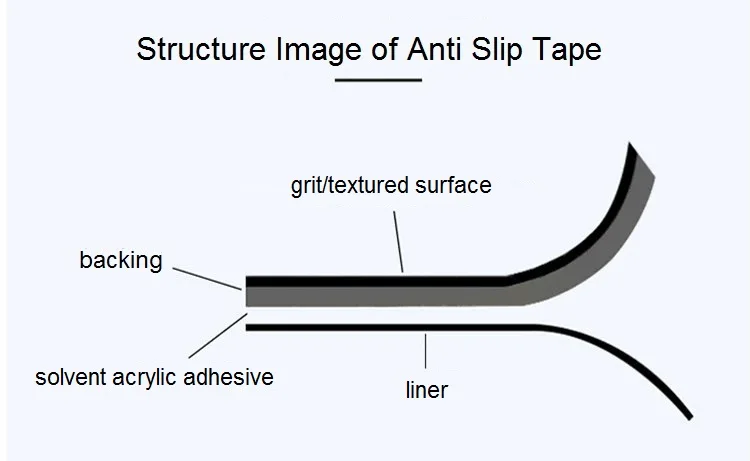Potassium is one of the three elements of rice nutrition. For every 100 kg of rice produced, 1.7 to 2.5 kg of nitrogen, 0.9 to 1.3 kg of phosphorus, and 2.1 to 3.3 kg of potassium are required. The ratio of nitrogen, phosphorus, and potassium required is 1:0.5:1.3. Rice needs more potassium than nitrogen and phosphorus. Potassium in soil alone cannot meet the needs of rice growth. Rational application of potash fertilizer has become an important technical measure to increase production and improve quality. The following points must be noted: 1. Master the time and proportion of basal fertilizers and top dressings. For a long time, potassium cyanide and potassium sulfate were used as top dressings. Although there was a certain increase in production, the benefits were not high. The test showed that if the same amount of potash fertilizer is applied, if all of them are used as base fertilizers, the yield can be increased by 14% compared with the non-potassium application; if all are used as top dressing, only the yield is increased by 5.4%; half of the base fertilizer is used as a base fertilizer and half is used for the early peak tiller of early tillering. Increase production by 16.5%. The uptake of potassium by rice was the most from the tillering stage to the jointing stage, which accounted for 60% of the total requirement. Therefore, the amount of potassium applied in paddy fields should be timely and appropriate. Wuling District, many years of practice shows that potash fertilizer as base fertilizer, top-dressing application of half, or base fertilizer 2/3, top dressing 1/3 best effect. 2. The amount is reasonable. In general, potassium is required for hybrid rice and less for conventional rice. Potassium fertilizers were applied to potassium-deficient rice fields, and the yield increased with increasing potassium application within a certain range. In production, generally 6.5 to 8.5 kg of potassium cyanide or 7.5 to 10 kg of potassium sulfate per 667 square meters of rice fields, and hybrid rice can be increased to 12.5 to 15 kg per 667 square meters. The content of available potassium in cold-padded rice fields is low, and the amount of potash fertilizer can be appropriately increased. 3. Grasp the depth of fertilization. Most of the roots of rice are distributed within 10 to 15 cm of soil. Therefore, when potassium is used as a base fertilizer, it is appropriate to use a depth of 10 to 15 cm and it is not suitable to apply too deep. Early fertilizer application should be combined with cultivator application to promote the integration of mud fertilizer. After fertilization, the water layer should not be too deep, and string and irrigate irrigation should be avoided. It should not be drained within five to six days after fertilization, and more frequent management of thirst should be avoided so as to avoid loss of nutrients or be The soil is fixed. When applying potash fertilizer in acid paddy fields, it must not be applied simultaneously with lime or plant ash, and it must not be applied at the same depth. Otherwise, it will increase the ability of soil to fix potassium, reduce the utilization rate and fertilizer efficiency of potash fertilizer, and reduce the production increase. 4. Pay attention to the ratio of nutrition and distribution. In the nutrient composition of paddy fields, various nutrient elements play a mutually reinforcing role. The lack of any nutrient will not only cause the deficiency of a certain element of rice, but also affect the absorption and utilization of other nutrient elements and affect the rice. Normal growth and development. Therefore, even in rice fields that are deficient in potassium, it is not sufficient to increase potassium production by applying only potassium fertilizer, and it is necessary to use nitrogen, phosphorus, and potassium in combination. Potassium and nitrogen have complementary effects in physiological metabolism. Potassium fertilization at high nitrogen levels can be increased by 50% when compared with low nitrogen levels. For high-yield fields with more nitrogenous fertilizers, the application of potash fertilizers to increase yield advantage is also more significant.
Anti slip tape
Jerry tape is specialized in anti slip tape for 10 years. Our anti slip tape is designed with a highly durable weatherproof triple layer adhesive which is imported from Japan to make sure your tape does not peel off easily. It offers extra traction,help reduce the risk of slipping and falling when you go up and down the stair,Great for the family with kids pets and elders,Durable waterproof anti skid tape for steps is perfect for outdoor and indoor use.
1. Material of Jerry tape anti slip tape
2. Features of Jerry tape anti slip tape
1).Grit sandpaper surface with adhesive back.
3. Applications of jerry tape anti slip tape
1).Floor,stair,slope Anti Slip Tape,Anti Skid Tape,Non Slip Tape,Non Skid Tape Kunshan Jieyudeng Intelligent Technology Co., Ltd. , https://www.yuhuanptapes.com

2).Grease and water resistant.
3).Temperature range -40° to 158°F.
4).Extra-wide rolls up to 3 ft. ideal for ramps and walkways.
5).Heavy Duty - Thicker extra-coarse surface with aggressive adhesive. For muddy, greasy and oily areas.
2).Machines and motor vehicles
3).kitchens and canteens
4).Prevention of slipping accidents
5).Fixes smooth, wet, oily and greasy floors
6).Non-slip demarcation